Subscribe
Sign up for timely perspectives delivered to your inbox.
Portfolio Manager Sorin Pirău from the Emerging Markets Debt Hard Currency Team considers how Egypt has changed since the last visit in 2018 and the challenges and opportunities ahead.
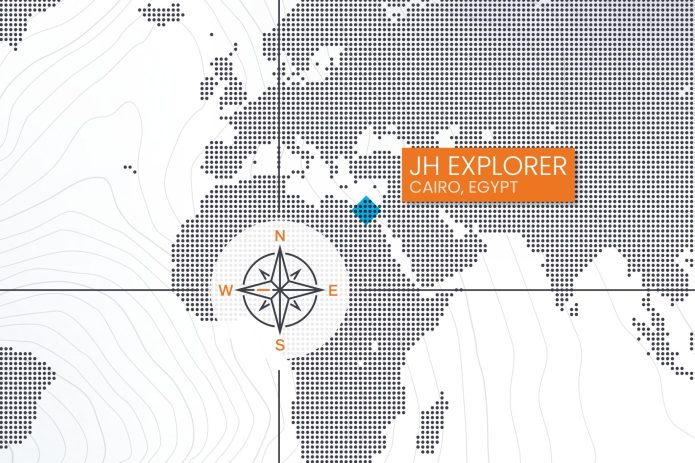
| The JH Explorer series follows our investment teams across the globe and shares their on-the-ground research at a country and company level. |
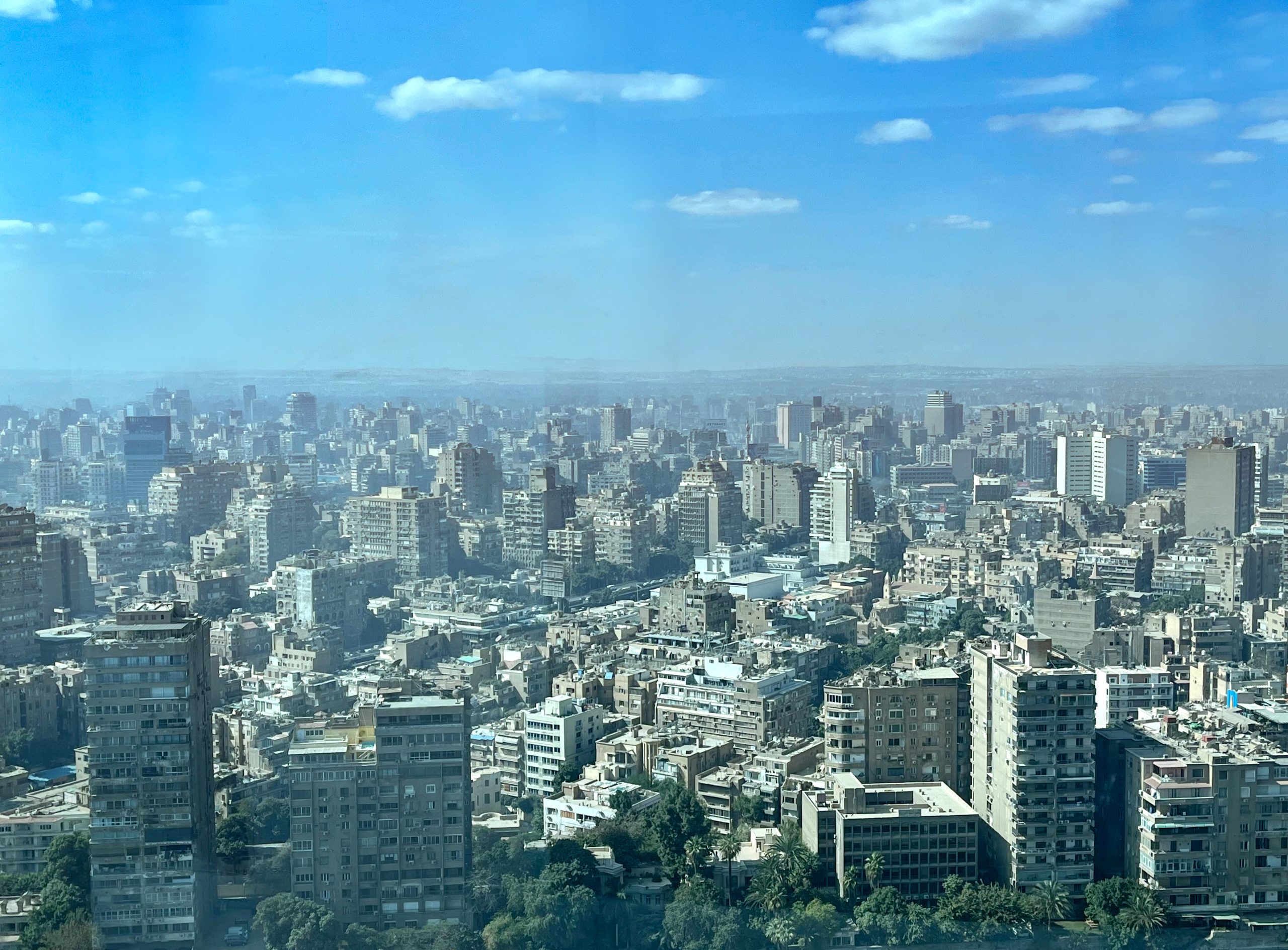 The last time we were in Cairo, Egypt was similarly in an IMF programme.
The last time we were in Cairo, Egypt was similarly in an IMF programme.
Since our last visit to Egypt in October 2018, many things have changed, while others remain the same. The depreciation of the Egyptian pound finally took place, albeit only after large FX reserves were deployed in a futile attempt to defend what turned out to be an unsustainable dollar peg. The traffic is better given improved infrastructure, but also perhaps due to fuel price hikes discouraging driving. However, as in 2018, Egypt finds itself in yet another International Monetary Fund (IMF) programme, having earned the unwelcomed distinction of being the second largest debtor to the Fund after Argentina1.
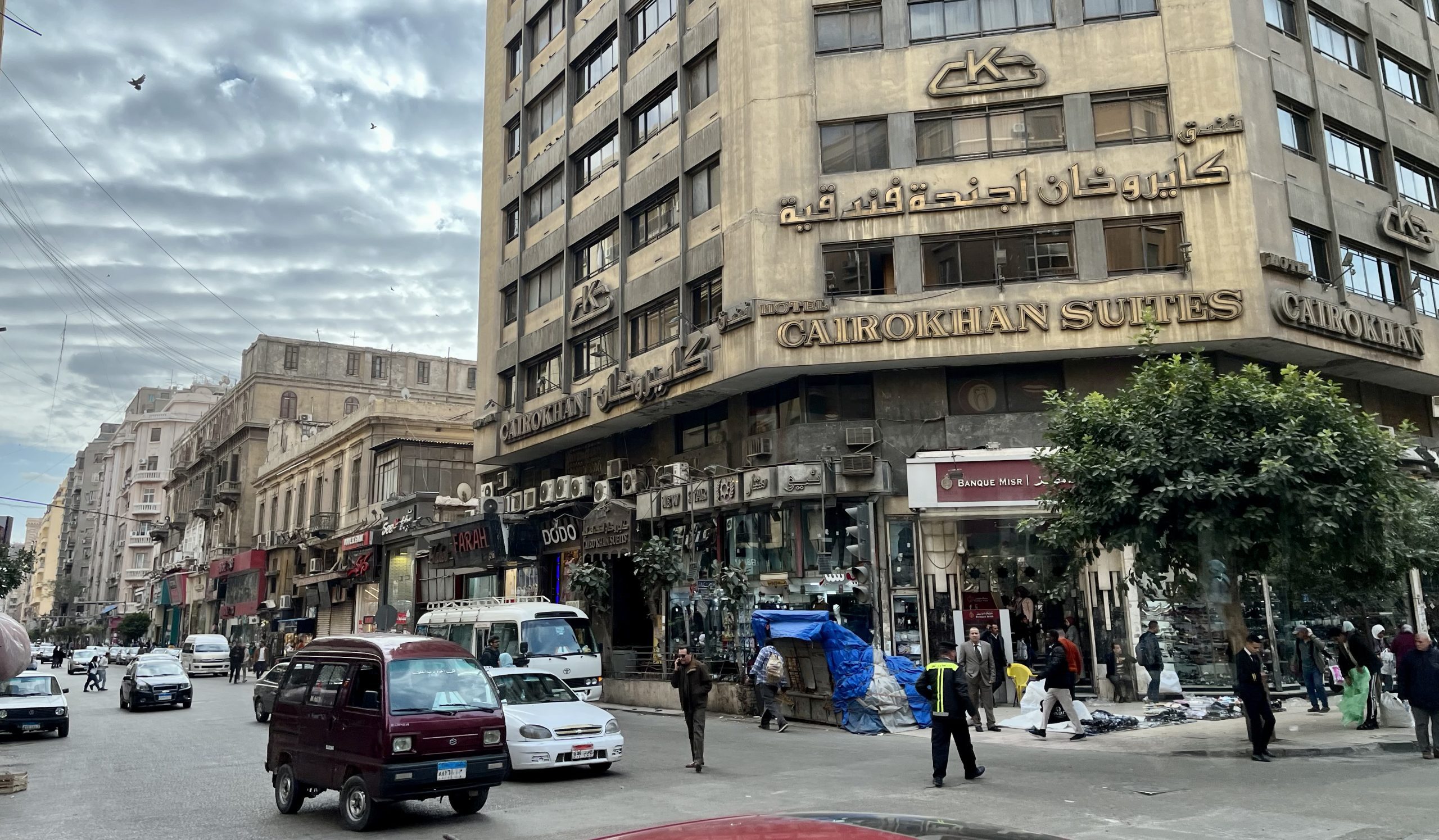 Thanks to improved infrastructure, the traffic was much better this time around compared to 2018.
Thanks to improved infrastructure, the traffic was much better this time around compared to 2018.
IMF funding support was granted through an Extended Fund Facility (EFF)2 late last year after Egypt committed itself to a permanent shift to a flexible exchange rate regime3 – in other words an FX rate determined by the relative supply and demand in the forex market with little to no intervention from the Central Bank of Egypt (CBE). It also committed to fiscal and structural reforms to preserve macroeconomic stability and restore reserves through investment flows from FDI as one example. Given that the committed funding is relatively small this time compared to its last EFF in 2016, the programme is expected to act as a catalyst for additional funding from “friendly” countries from the GCC (Gulf Cooperation Council). These countries have already committed to renew existing deposits at the CBE to support the country over the next four years.
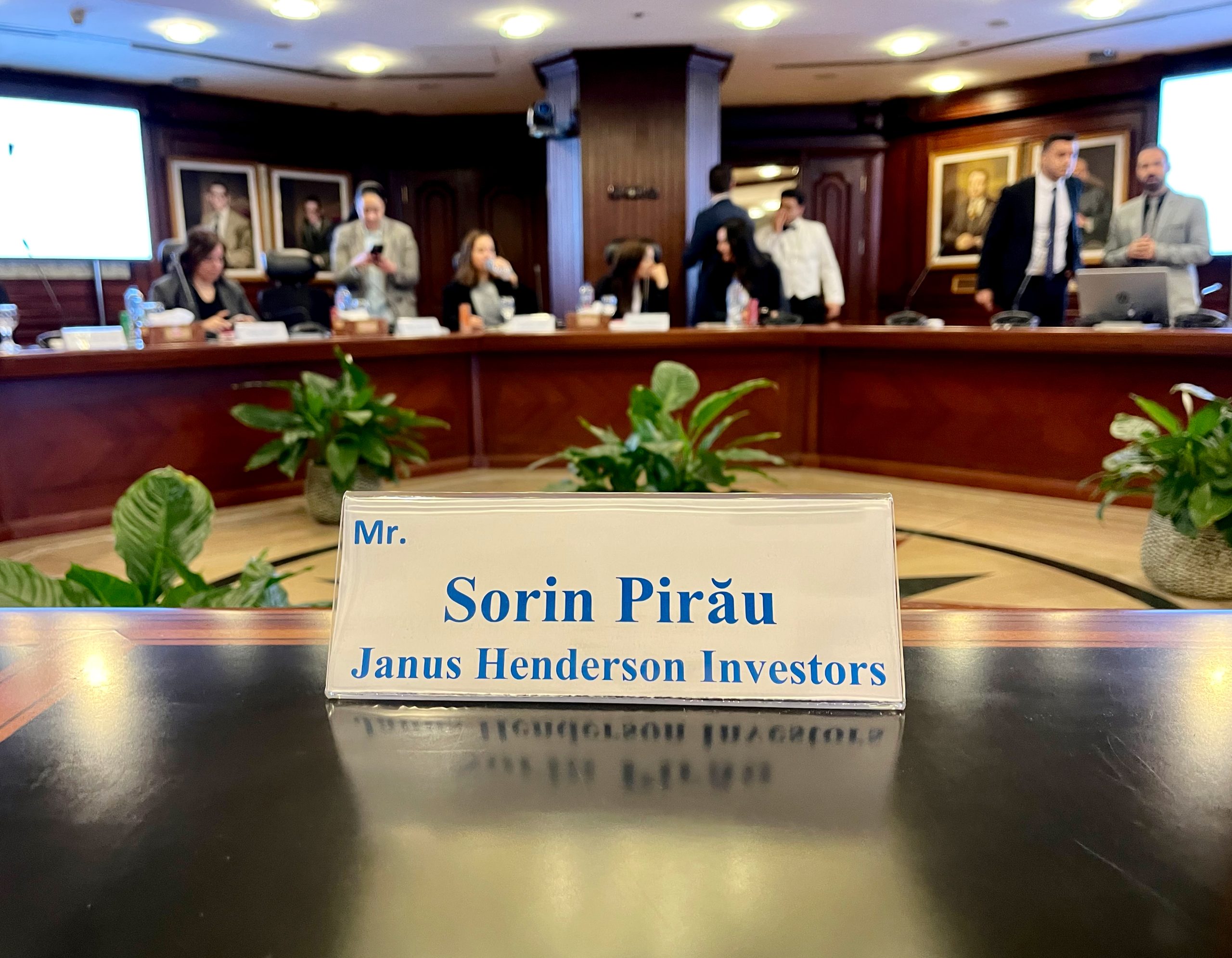
Our discussions with public sector officials from various institutions like the Ministry of Finance, CBE, National Bank of Egypt and the Sovereign Fund of Egypt, as well as representatives from the IMF, revolved around the three pillars of the EFF:
After the devaluation over the past year that saw the Egyptian pound lose half of its value, sentiment on the ground was that most of the FX imbalances have been cleared and the currency has now reached a more sustainable level. The abolition of the requirement to use letters of credit (LCs) for imports contributed to the significant ease of foreign goods stuck at ports and revived liquidity in the FX markets. Positively, the direct provision of dollars from CBE’s FX reserves to various state-owned enterprises (SOEs) has ceased, while subsidised lending to these entities is being gradually withdrawn.
FX reserves have therefore stabilised and have been growing over the past five months. But for FX gross reserves to more than double to reach the IMF’s projection of US$78 billion by June 20274 remains challenging. For this target to be hit, the country’s key sources of FX will need to be firing on all cylinders over the next few years:
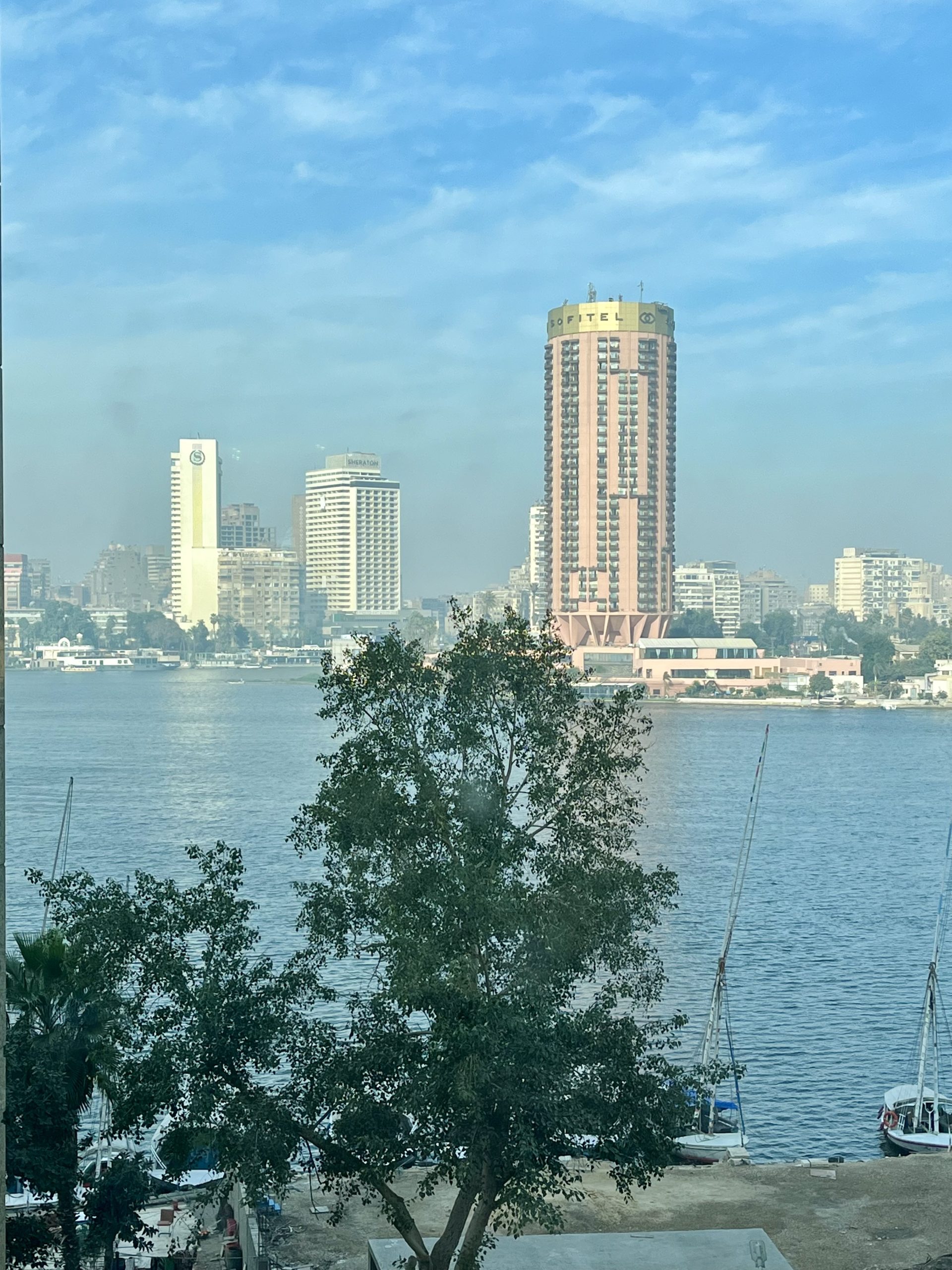 Tourism, a key source of FX income for Egypt, has recovered to over 80% of its pre-Covid level.
Tourism, a key source of FX income for Egypt, has recovered to over 80% of its pre-Covid level.
All in all, the IMF expects Egypt’s current account deficit to moderate to around 3% of GDP9 for this fiscal year and continue to marginally improve. This should help the country reduce some of its external financing needs, a major credit weakness, and help relieve the pressure on FX reserves.
“INTEREST ON DEBT GROWS WITHOUT RAIN.”
Yiddish Proverb.
One of the successes of the previous IMF programme was to instil a degree of fiscal discipline that was maintained through the COVID crisis and recent market turbulence. Egypt is one of the few countries in our investment universe which has achieved consistent primary surpluses of more than 1% of GDP over the past half a decade10. Nevertheless, given its excessive interest bill (most of which goes to service domestic debt) – overall its fiscal deficit remains elevated and government debt levels have gradually climbed back towards 90% of GDP11. As previous reforms bear fruit and the government’s commitment to raise revenue and contain unnecessary expenditures remains steadfast, Egypt’s debt is expected to fall towards the IMF’s forecasted 80% level at the end of the four-year programme.
Achieving this debt target, however, is contingent on Egypt accelerating its economic growth over the next few years. This leads us to the final (and probably the most important) pillar of the IMF programme, namely the needed structural reforms that will allow the country to maximise its comparative advantages:
From our conversations, we became hopeful on the government’s intentions to exit certain sectors of the economy, including those currently dominated by the military. The army’s vast economic empire is not just grossly inefficient, in our view, but also skews the playing field away from private businesses that find it hard to compete with an entity that enjoys preferential access to land, labour (via conscription) and pays little if any taxes or custom fees. Given the vested interests and the interplay of political and security dynamics that can arise from challenging the army’s deep-rooted role, it remains to be seen to what extent the private sector’s role in the economy can really be strengthened.
Just after we left Cairo, the government unveiled a list of 32 (SOEs) that are slated for divestment over the next year. These include banks, hotels, energy and even a chain of army-owned petrol stations. According to IMF calculations, this new privatisation drive is targeted to bring nearly US$7 billion of inflows by mid-202412.
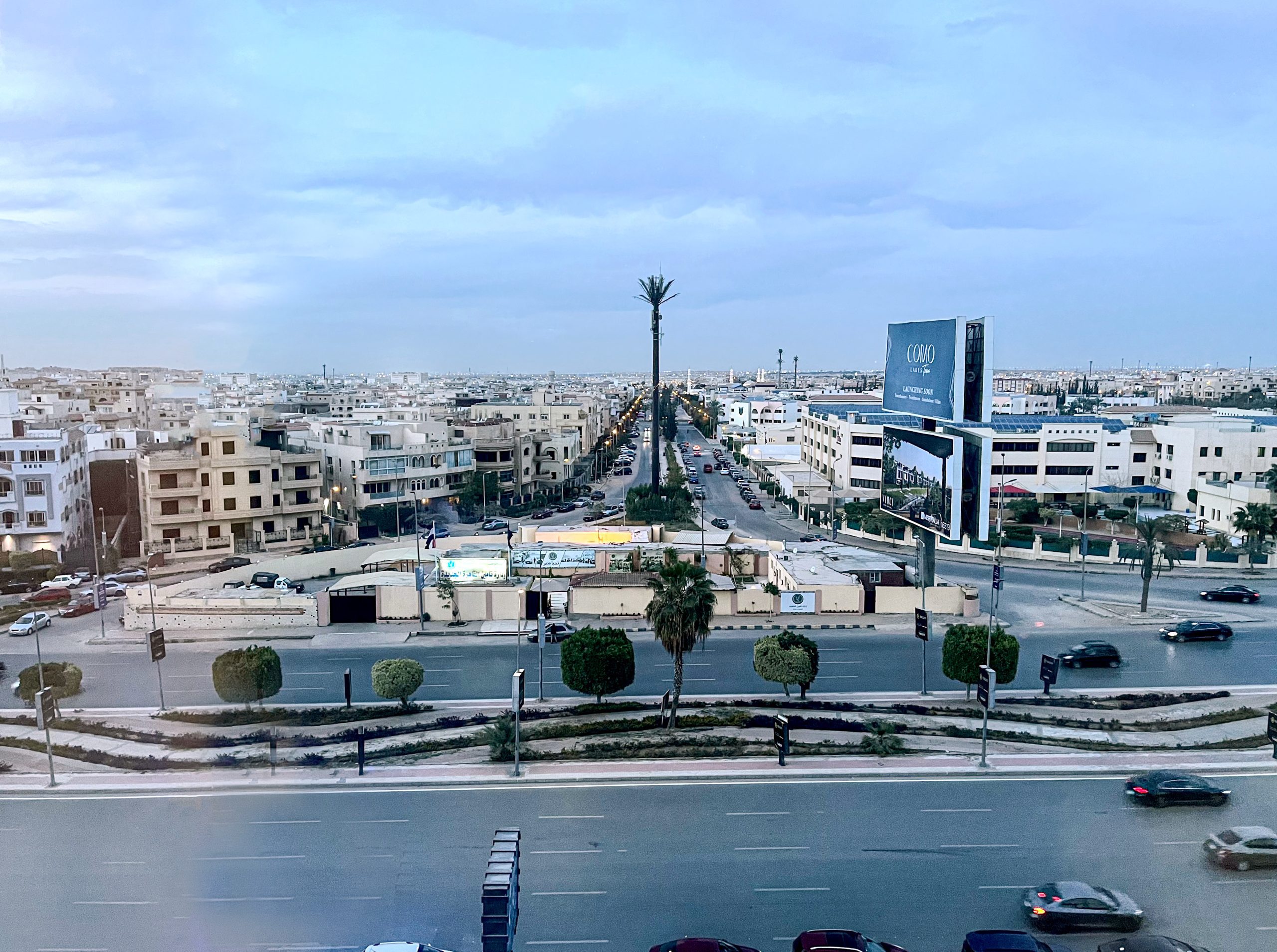 A new administrative capital ‘New Cairo’ is being built in an effort to tackle pollution, relieve congestion and increase housing supply.
A new administrative capital ‘New Cairo’ is being built in an effort to tackle pollution, relieve congestion and increase housing supply.
The jury is still out on the likelihood of the government translating good intentions into concrete results and fully implementing their ambitious divestment plan. The CBE’s abandonment of its strategy of moderate but repeated currency devaluations and its long-term commitment to a flexible currency regime remains to be tested, especially since it has already proven to be socially disruptive. This, coupled with the uncertainty around FDI flows and current account dynamics, leaves many unknowns still clouding the investment case for Egypt.
However, relative to our previous bearish stance, we returned from Cairo generally more constructive given the shift in monetary policy and the potential for structural reforms and we will be closely monitoring the country’s progress in these key areas.
1 Source: HSBC, IMF, 13 January 2023.
2 When a country faces serious medium-term balance of payments problems because of structural weaknesses that require time to address, the IMF can assist through an Extended Fund Facility (EFF). Compared to assistance provided under the Stand-by Arrangement, assistance under an extended arrangement features longer programme engagement – to help countries implement medium-term structural reforms – and a longer repayment period.
3 According to the IMF, the flexible exchange rate would help absorb external shocks and help rebuild reserves while gradually reducing inflation.
4 Source: International Monetary Fund, January 2023.
5 Source: FactSet, Central Bank of Egypt, Suez Canal Authority, 30 June 2022.
6 Source: Central Bank of Egypt, 30 June 2022.
7 Source: Migration Data Portal, 6 January 2023
8 Source: Central Bank of Egypt, 30 June 2022.
9 Source: International Monetary Fund, January 2023.
10 Source: Egypt Ministry of Finance, February 2023.
11 Source: Egypt Ministry of Finance, February 2023. According to the June 2022 financial year.
12 Source: International Monetary Fund, January 2023.
Balance-of-payment: The balance of payments is the economic transactions of an economy with the rest of the world.
Currency peg: A currency peg is a policy in which a national government or central bank sets a fixed exchange rate for its currency with a foreign currency or a basket of currencies and stabilizes the exchange rate between countries.
Fiscal consolidation: Fiscal consolidation describes government policy intended to reduce deficits and the accumulation of debt.
GDP: The value of all finished goods and services produced by a country, within a specific time period (usually quarterly or annually). It is usually expressed as a percentage comparison to a previous time period, and is a broad measure of a country’s overall economic activity.
Debt-to-GDP ratio: The debt-to-GDP ratio is the metric comparing a country’s public debt to its gross domestic product (GDP).
Current account deficit: The debt-to-GDP ratio is the metric comparing a country’s public debt to its gross domestic product (GDP).
Primary surplus: A primary budget surplus occurs when tax revenues are greater than government spending (excluding debt interest payments).
Fiscal policy: Connected with government taxes, debts and spending. Government policy relating to setting tax rates and spending levels. It is separate from monetary policy, which is typically set by a central bank. Fiscal austerity refers to raising taxes and/or cutting spending in an attempt to reduce government debt. Fiscal expansion (or ‘stimulus’) refers to an increase in government spending and/or a reduction in taxes.
Monetary policy: The policies of a central bank, aimed at influencing the level of inflation and growth in an economy. It includes controlling interest rates and the supply of money. Monetary stimulus refers to a central bank increasing the supply of money and lowering borrowing costs. Monetary tightening refers to central bank activity aimed at curbing inflation and slowing down growth in the economy by raising interest rates and reducing the supply of money. See also fiscal policy.
Foreign Direct Investment: Foreign direct investment (FDI) is the category of international investment that reflects the objective of obtaining a lasting interest by an investor in one economy in an enterprise resident in another economy.